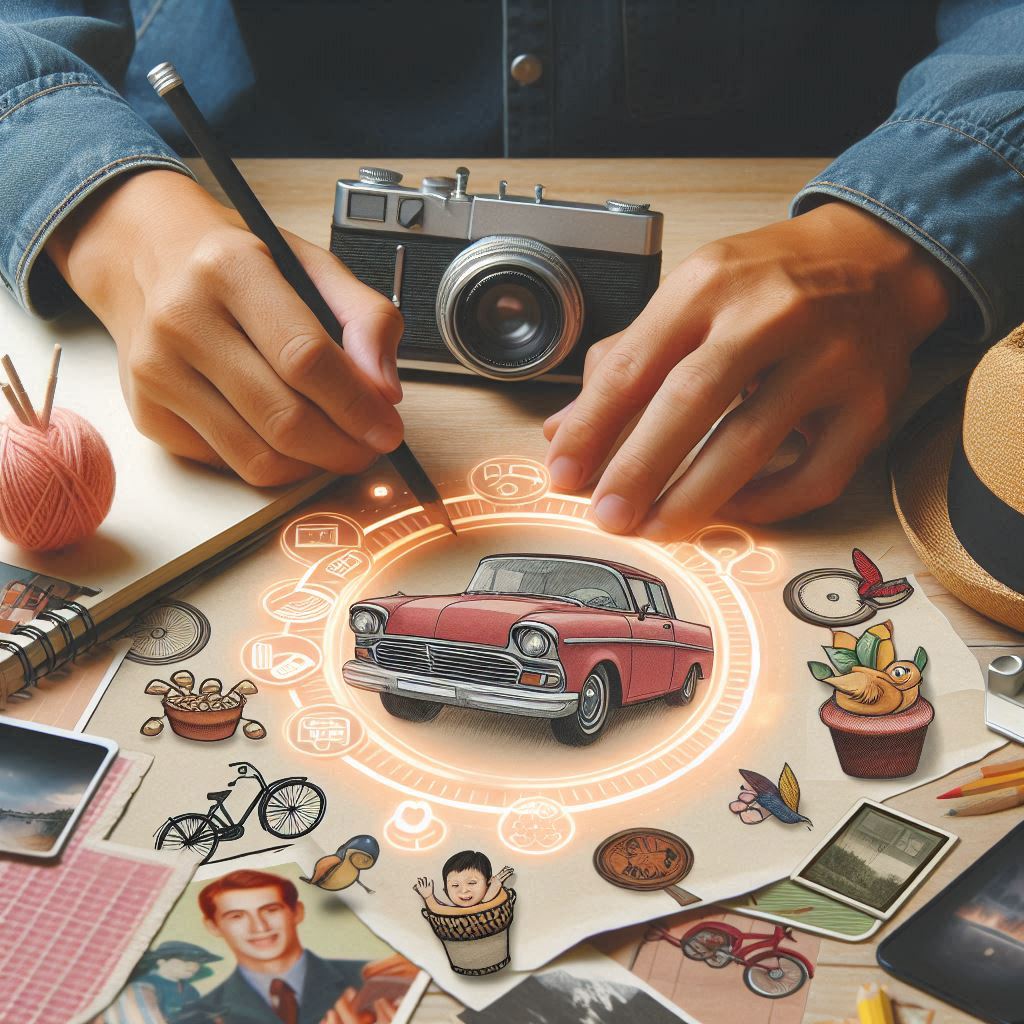Ever find yourself smiling at an old jingle or ad from your childhood? That’s the magic of nostalgia marketing—a strategy that does more than bring back memories. It taps into powerful emotions that resonate with consumers on a deeply personal level. Nostalgia was once seen as homesickness or even a mental condition. But it is now recognized as a bittersweet yet positive feeling that connects us to past joys. Brands are leveraging this universal emotion to build customer loyalty.
What is Nostalgia Marketing?
Nostalgia Marketing is a strategy that leverages positive memories or associations with the past, to create an emotional connection with consumers. It uses familiar touchstones that bring audiences back to simpler times. Brands use this as a powerful tool to evoke feelings of comfort, familiarity, and trust, which can enhance customer loyalty and drive engagement.
In the digital marketing space, nostalgia marketing has become increasingly popular due to its effectiveness in appealing to consumers’ emotions.
The Power of Nostalgia Marketing
Nostalgia marketing has a strong effect on buying decisions. In fact, CivicScience data from May 2023 shows that more than half of U.S. adults are likely to make a purchase if it brings back memories of the past. This means that when brands tap into familiar, comforting memories, it can actually inspire people to buy. By creating a sense of connection to happy times, nostalgia marketing helps brands build loyalty and stand out in a meaningful way.
Key to Effective Nostalgia Marketing
To succeed with nostalgia marketing, it’s important to understand your audience. Different groups are drawn to nostalgia for unique reasons. For example, a family that has moved to a new country might feel nostalgic for their familiar routines, local foods, or cultural traditions, looking for products or brands that evoke a sense of ‘home’ in a foreign environment.
Younger people growing up in a world of constant change and rapid technological advancement, may find a comforting link to the simpler, more predictable moments of their childhood. For them, revisiting iconic TV shows, classic video games, or popular toys can provide a sense of stability and grounding. Understanding these distinctions allows brands to create campaigns that connect with audiences on a deeply personal level.
Balancing Nostalgia with Innovation
While nostalgia is rooted in the past, it doesn’t have to conflict with innovation. Research suggests that the sense of security and belonging that comes with nostalgia can actually make people feel more open to change. However, it’s essential to consider if a product or brand is suited to nostalgia marketing. Some products work well with it, while others don’t.
Dos & Don’ts of Nostalgia Marketing:
Do:
- Know Your Audience. Identify what resonates with your target audience- age, hobbies, media habits, values, and personality traits. Different generations connect with different cultural touchpoints.
- Launch at the Right Moment. Align campaigns with business changes, anniversaries, or major events like holidays.
- Leverage Brand History: Encourage customers to recall their past experiences with the brand. Re-releasing classic products or designs can be a powerful move.
- Incorporate Modern Elements: Blend nostalgic themes with modern touches to keep the campaign relevant.
- Make Indirect References: Using familiar styles, fonts, or symbols that echo the past can evoke nostalgia without needing direct references to copyrighted material.
Don’t:
- Rely Only on Nostalgia: Include present-day elements to keep the campaign fresh and relatable.
- Bring Up Negative Aspects of the Past: Nostalgia marketing should evoke happy memories, not the difficult parts of the past.
- Lose Brand Consistency: Nostalgia doesn’t suit every brand, especially those focused on future-oriented industries like tech and healthcare. In some cases, nostalgia can even clash with a brand’s forward-thinking message.
Nostalgia marketing works well when targeting demographics who feel a strong connection to the past, like millennials or Generation X. By blending emotional resonance with strategic digital marketing channels, nostalgia marketing can boost brand awareness and deepen consumer loyalty. When done right, it goes beyond mere recognition, helping customers feel genuinely seen and understood. So, start crafting campaigns that resonate emotionally, blending the best of the past with a touch of the present.


